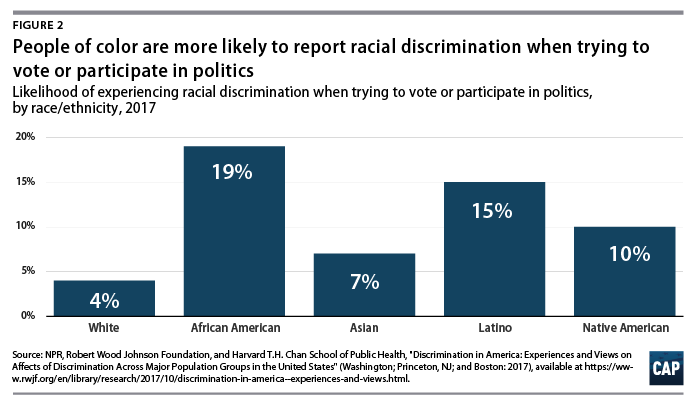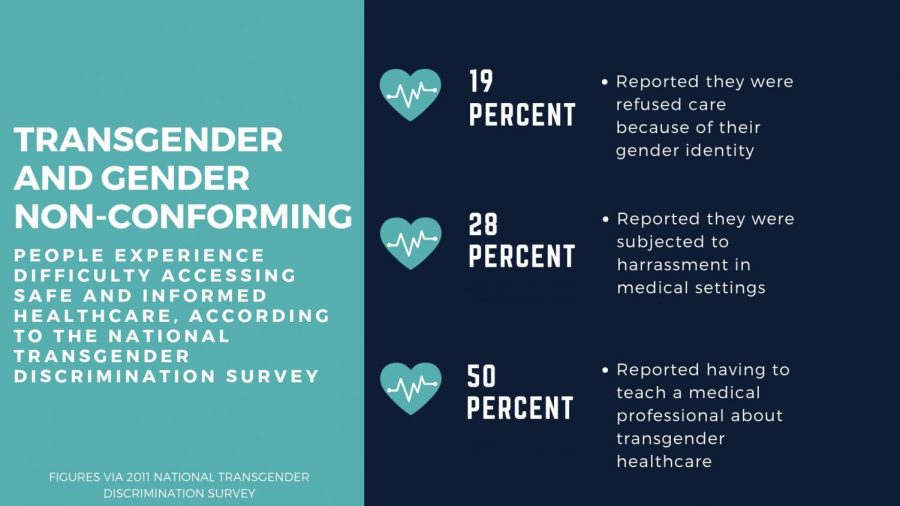For my showcase on systemic injustice, I choose to talk about the extreme cases of income inequality from my hometown. I live in Southeast Ohio which is part of Appalachia; this region is one the most negatively affected by the opioid epidemic, loss of factory jobs, and poverty. All of these factors lead to a segregated society between those who are financially stable and those who are not. This difference in stability leads to different treatments for each of these two groups. Those who have financial stability are seen as intelligent, good-mannered, and bound for a good future. On the contrary, the kids who do not have financial stability are seen as unintelligent, immature, and or ill-tempered, and often referred to as “Rutters” a derogatory term stemming from the last name of an infamously impoverished family. These extremely different treatments lead to systemic discrimination against those who are less fortunate, which in turn, becomes unequal opportunity.
I saw this trend occur many times during my time in high school. I knew many acquaintances and even some friends among the “have not” group who would be discouraged from attending college or seeking further education. This behavior toward them would turn them to local jobs or ,too often, to illegal activities to support themselves. Further discouragement would take place in being denied jobs because of their last name, or being discriminated against for the clothes they wore, the car their parents drove, and/0r the reputation of their elders. The children I knew who were part of the “have nots” were often stuck in this cycle of poverty and drug usage which, sadly, likely encompassed their parents and grandparents as well. This lack of generational stability often led to toxic communities that offered very few good role models and would affect many children in a devastating way.
An example of this devastation would be the recent killing that took place the first week of March. Two middle school students were spending time together after a school day, During this time, they somehow came into the possession of a fire arm. One boy ended up shooting and killing his 11 year old friend. This killing is believed to have been an accident, however, Hocking County is no stranger to accidental or unintentional homicides due to extreme negligence.
Another instance of this happening occurred when two fellow students who were part of the “have not” group from my high school were convicted of the murder of a mother of four by throwing a log off a tall cliff. The log landed on the mother killing her instantly. This generational instability creates communities dividing over such tragic circumstances. The kids born into families with history of poverty and drug usage run the risk of being seen as future murders, drug dealers, and criminals. Facing discrimination from many within the community and from a young age often instills a feeling of “I am what they say I am” in those who are affected by it. I believe these individuals are being defined by one repetitive story riddled with hardships. The “have nots” do not get the privilege of being seen as unique persons. The categorization of those who are impoverished leads to systemic injustice through institutions and psychological attacks by many of those around them.
https://www.today.com/news/





